|
10/31/2018 3 Comments Building the ‘Blox’ for Toy Store Freedom: Changing the conversation from intimidation to inspiration for girls in STEM
By Shreya Challa
If the entirety of life is a journey of learning, then childhood is the first step, building the foundations for a lifetime. Isn’t childhood such a special time for learning, free of responsibilities and pressures, when one could have the freedom to learn what they want through toys? That’s the way it should be, and yet that is not the way it is. Children are socially pressured to play with toys that are branded to be “right” for them. Just walk into any toy store and you can see a clear divergence of toys marketed specifically for girls and boys. The “girl” toy aisle is a case of pink-itis, full of dolls and princesses that can foster empathy and kindness but largely focus on beauty and appearance: And there is the aisle for meant for boys. Full of construction sets and train tracks and other gizmos that foster a child’s spatial reasoning and tactile abilities.
This division of toys creates cages that toy companies have carefully curated, and can often lead to children not feeling comfortable to explore whatever they want. While young boys may learn empathy from their friend groups, it can feel as if there are not a lot of options geared towards young girls interested in science and technology. They can start to distance themselves from engineering even before having the chance to learn about it. Of course, the toys one plays with at a young age does not dictate what career path they will choose; there are plenty of women in STEM who played with dolls as little girls. Still, the lack of many toy options can alienate girls from STEM who would otherwise never have engaging exposure to these fields, such as in families with parents from non-STEM backgrounds, where toys can serve as avenues to discover new career possibilities. Boys are able to explore the engineering process in fun exciting ways, and the divergence in the toy market not only limits girls, but builds prejudices of girls being capable of only certain tasks. Why should only half of the next generation’s population be free to explore STEM fields freely, without feeling out of place, when our world is increasingly being impacted by such disciplines?
While there isn’t a clear correlation between what one plays with as a child and what one does in their career, we’ve already seen how gendered marketing can play a factor in keeping women out of important fields. It’s important to appreciate that the first computer scientists and engineers were women, like Ada Lovelace, who saw math and science as forms of art, and developed the vision of the modern computer in the 19th century. Or even in the mid to late 1900s, African-American women like Dorothy Vaughan, Mary Jackson, and Katherine Johnson (the Hidden Figures) worked at Langley Memorial Aeronautical Laboratory and were crucial to the US winning the Space Race. In fact, the first computer programmers were women, and the number of women in computer science grew significantly in the 1970s. But then, around the mid-1980s, female computer science majors started to plummet in percentage. There are several nuances to take into consideration for why this happened, but the mid-1980s was also when personal computers started making their way into homes. At first, computers were used predominantly for games, which were marketed towards boys, wherein computer-genius boy characters solved tough challenges, while girl characters were unimportant and petty. These kinds of games alienated girls from computers, and later, from computer science programs. College professors assumed, since personal computers were gaining traction that their students knew how to operate PCs. Female students, who were alienated due to gendered computer marketing at home, were overshadowed by male students in computer classes, since the men had played with computers all their lives. This was the case among female computer science students at Harvey Mudd College. Harvey Mudd had to create separate introductory classes for students with no prior experiences at all to get more women into the computer science program. As much as this is a useful remedy now, we should not have to repeat this division in the future just for female students. Society should grow beyond typecasting certain skills to certain demographics, allowing anyone to learn anything at any age. This is imperative to building a world that values merit, and that truly celebrates it, from wherever or whomever it may come from. One company today that is making it easier for young girls to explore engineering, an area girls’ toys have historically stayed away from, is led by Debbie Sterling. Her toy company, GoldieBlox, is changing the conversation from intimidation to inspiration for girls in STEM. When Sterling was admitted into Stanford, her high school math teacher suggested that she look into engineering. Growing up, Sterling wasn’t aware of the field, and didn’t believe it was for her, but once she gave it a go, she ended up graduating with a degree in mechanical engineering. But all throughout, Debbie Sterling encountered a phenomenon: there were only a few girls in her engineering classes. Tracing the lack of representation back to early childhood and the toy industry, Debbie Sterling launched GoldieBlox, a multimedia company producing toys and content to introduce girls to STEM. Even in the face of skepticism from the toy industry, GoldieBlox has flourished and created a movement to support and encourage girls in STEM. The toy sets come with stories in which a confident and optimistic girl, Goldie, solves challenges by building machines. Each toy is built around a story which helps to create a more immersive adventure. Characters like Goldie and her many friends solving engineering challenges become role models for children. As Debbie Sterling explains, Goldie is not perfect and does not use the label genius to describe herself. Instead, she learns from her mistakes and persists through them. For example, in one adventure, Goldie and her friends build a movie projector when the local film festival is having trouble. Children read the story and then can build their own projector, with an app to personalize their projector and bring their creation to life. GoldieBlox and the Movie Machine More importantly, the stories that serve as backdrops for the projects show how concepts in engineering can be applicable to real-life. Young children can find the joy of building everyday objects like dunk tanks and ziplines and parade floats an element of familiarity that makes engineering more approachable and less intimidating. This friendly approach to engineering has led boys to enjoy GoldieBlox toys as well, and characters like Goldie show them that girls are just as capable of solving problems as they are. GoldieBlox also released a Super Bowl commercial, a social media campaign called #BeLikeHer, and Girl Scout badges for STEM achievements. The brand has become a favorite among girls and boys; thus unifying engineering to something girls and boys can approach and enjoy. We need to build an environment where any child can walk into a toy store and choose any toy they want as an implement of learning. That said, making toys more open for all children is only one piece of the puzzle of making STEM fields more accepting of more people. Today, only 20% of jobs in technology are held by women. You may have heard of the grueling work-life mix at top tech jobs, how it is an ‘all-boys club’, or how awkward it can be for a woman when she is the only one in the room. The women who have made it are true superheroes, but there is no denying that they have made it despite the culture around STEM, and not because of it. We still need to change the current climate of STEM jobs so once a woman enters the field, she is supported instead of being suppressed or undermined. Our world is going to be increasingly run by computers, and the more voices are heard in STEM fields, the more responsible we will be as a civilization in the use and development of our technology. And freedom in the toy store to empower more voices from the start will help build the ‘blox’ for such a sustainable future. References & Further Reading: Gross, Elana Lyn. “How The Founder Of GoldieBlox Is Creating The Next Generation Of Women In STEM.” Forbes, Forbes Magazine, 28 Nov. 2017, www.forbes.com/sites/elanagross/2017/10/11/how-the-founder-of-goldieblox-is-creating-the-next-generation-of-women-in-stem/#2c9a34a14e13. Lindzon, Jared. “YouTube Is Shaping Your Child's Career Ambitions More Than You Are.” Fast Company, Fast Company, 12 Jan. 2018, www.fastcompany.com/40515941/youtube-is-shaping-your-childs-career-ambitions-more-than-you-are. Mason, Heather. “Meet Smart Girl Debbie Sterling, Founder and CEO of GoldieBlox.” Amy Poehler's Smart Girls, Amy Poehler's Smart Girls, 29 June 2017, amysmartgirls.com/meet-smart-girl-debbie-sterling-founder-and-ceo-of-goldieblox-103fc961ae37. Sterling, Debbie. “How I Moved from Fearing My Dream Career to Jumping for It.” Thrive Global, Thrive Global, 11 Jan. 2018, www.thriveglobal.com/stories/20754-how-i-moved-from-fearing-my-dream-career-to-jumping-for-it. Sydell, Laura. “Colleges Have Increased Women Computer Science Majors: What Can Google Learn?” NPR, NPR, 10 Aug. 2017, www.npr.org/sections/alltechconsidered/2017/08/10/542638758/colleges-have-increased-women-computer-science-majors-what-can-google-learn. 
About the Author
Shreya Challa is a high school student, deeply interested in computer science, chemistry, math, and physics. She is an active participant in Science Olympiad and DECA. She has been working on making the younger students in her community more interested in science through after school programs. Her writing interests include current scientific research as well as the dynamic world of businesses that use science to solve tough problems. Shreya enjoys jogging, playing tennis, and reading in her free time. Comments? Leave them below!
3 Comments
11/3/2018 09:50:23 am
inspiring,invigorating article ever read. Congratulations to the author Sri Sai Shreya Challa. We would look forward to see your inspiring articles from you to keep coming and enlightening the readers like me.
Reply
Anonymous
11/3/2018 10:21:30 am
Hello,
Reply
Your comment will be posted after it is approved.
Leave a Reply. |
Archives
July 2022
CategoriesAll Amy Massack BiWeekly Roundup Danae Dodge Gabrielle-Ann Torre Indulekha Karunakaran Jeesoo Sohn Lauren Koenig Lidiya Angelova Melissa Bendayan Microsoft Molly Connell Nektaria Riso Nicole Hellessey Physics Poornima Peiris Robbin Koenig Sadaf Atarod Sarah Smith Shreya Challa Vijendra Agarwal Women In STEM Yolanda Lannquist |
The Network for Pre-Professional Women in Science and Engineering
The Scientista Foundation is a registered 501(c)(3) -- Donate!

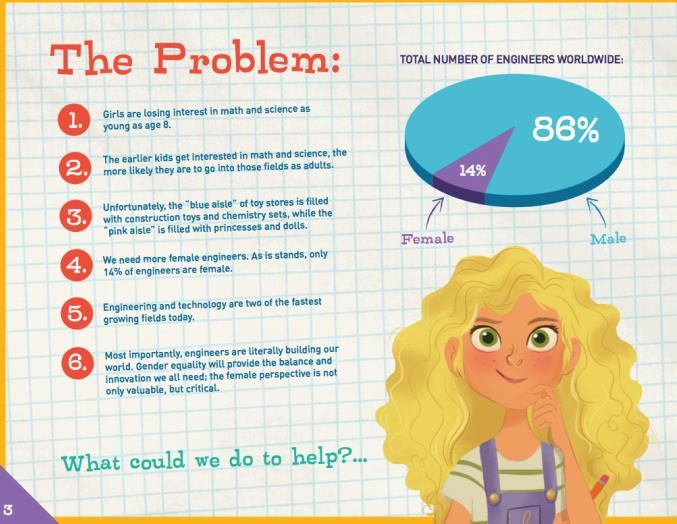
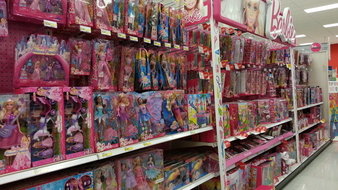
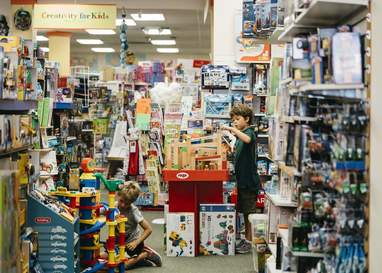
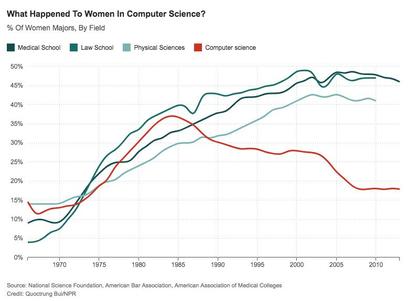
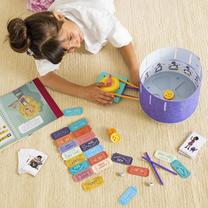
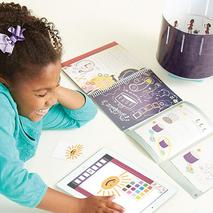
 RSS Feed
RSS Feed